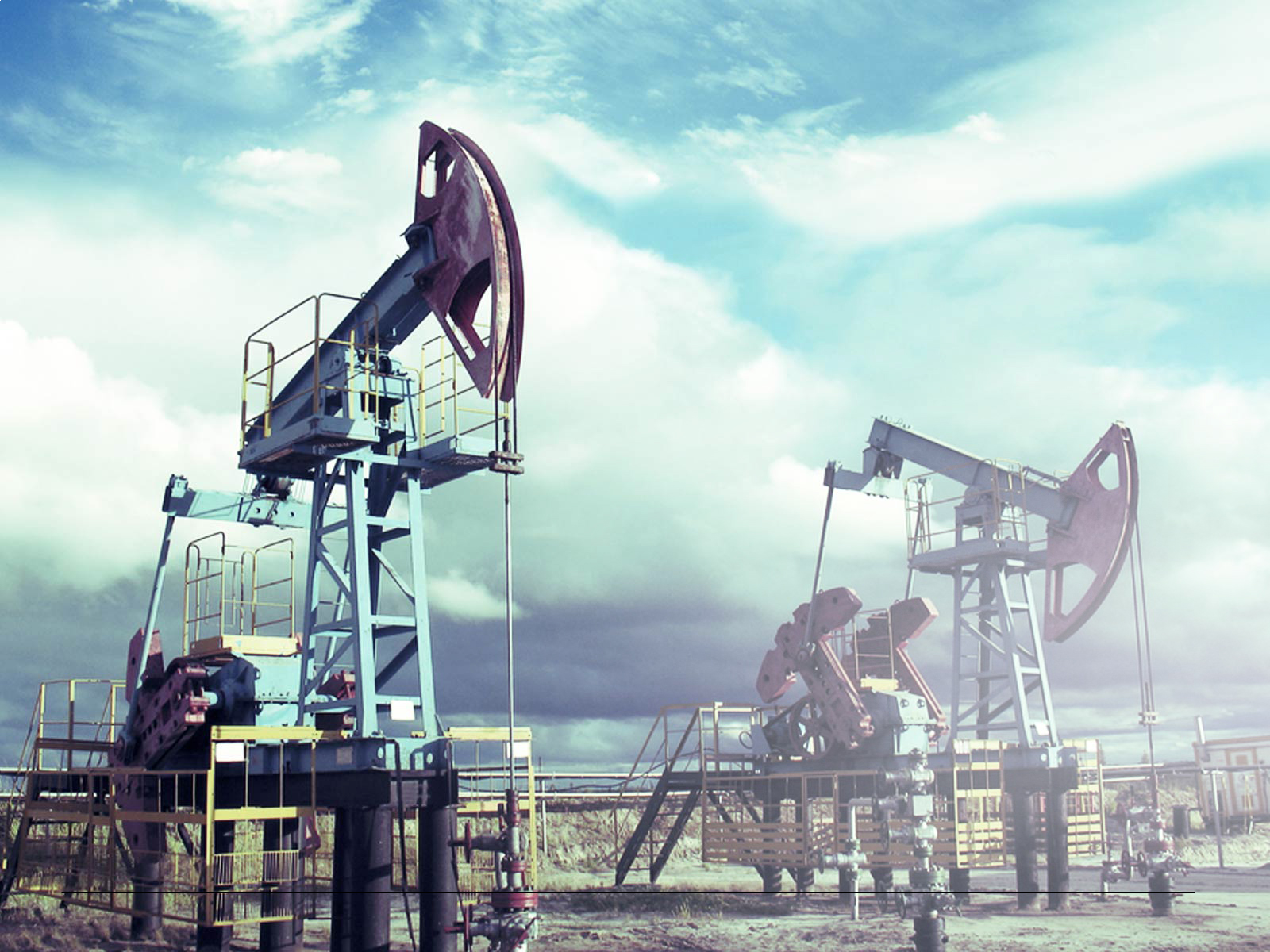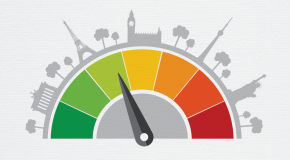When Marco Polo visited the Persian city of Baku in 1264, contemplating the mining of seep oil, he could not have foreseen that this ‘black gold’ would become a key driver to fuel the cogs of industry for centuries to come...
By the mid-20th century, the Seven Sisters, a group of multinational oil giants including the predecessors of Exxon Mobil, Chevron and BP dominated the market, mastering the entire value chain. But by 1960, a group of major oil producing countries such as Saudi Arabia, Venezuela, Iran, Iraq and Kuwait formed the Organization of Petroleum Exporting Countries (OPEC) and took control of the provision and pricing of this valuable commodity: oil.
Statistics by the US Energy Information Administration (EIA) show that Saudi Arabia and Russia dominated oil production volumes for nearly a decade from 2003 to 2012, before the US first passed Russia in 2012 and took the lead as largest global oil producer in 2014 with 13.97 million barrels a day (MBD); followed by Saudi Arabia (11.62 MBD) and Russia (10.85 MBD). This lead has come about mainly thanks to the discovery of shale oil, creating a total of more than a million jobs in the oil and gas industry directly.
Some 40 years ago, a group of prominent experts known as The Club of Rome wrote that the world would run out of barrels by 1990. It now looks as if they were very wrong. New technologies and oil drilling techniques have drawn new lines. We are looking at a new phase of oil abundance that is well on its way to changing both economics and geopolitics for a long time.
The changes are many. When OPEC reigned supreme during the 1970s, they could virtually dictate world oil prices to maximize returns for its members. However the 1980s Iran-Iraq War and subsequent disagreements between the members of OPEC, weakened the alliance considerably. On top of that, when Iraq invaded Kuwait in August 1990 to spark the second Gulf War, it led to a major price spike in oil prices. Many believe that this hike was a major contributing factor in the recession of the early 1990s.
Today OPEC is merely a shadow of what it was before; its share of the global oil market has fallen considerably. OPEC members seem to have lost control of the oil price that has been plummeting by roughly 60% from $100 a barrel or higher to below $50 a few months ago. Although this can partially be ascribed to low-cost producer Saudi Arabia’s decision to maintain production as prices fell, hoping that this would push out higher priced producers (shale oil, tar sands and North Sea oil, etc.), it did not benefit all OPEC members. Saudi Arabia with its huge financial cushion of overseas assets could carry the burden for some time, but for many others such as Libya and Nigeria, in desperate need for high oil prices of up to $184 to balance their fiscal budgets, it has become a living nightmare with massive domestic implications and very different roles for OPEC and non-OPEC producers as a result.
During history, oil has always been a blessing and a curse; its discovery has increased living standards for more than a hundred years. Its use as an energy source also has huge consequences on the environment. For many of us, the black gold has increasingly become a symbol of evil; the only one responsible for pollution of our planet and for the acceleration of climate change. Maybe this is not altogether true.
According to the International Energy Agency, almost two-thirds of global carbon emissions are related to coal, 22% to oil and 15% to gas. Sure 22% is quite significant, but can almost entirely be ascribed to the needs of transport where its energy density still makes it the preferred source of transport energy by far; not only for road vehicles but also for shipping and airplanes. If the world wants to meet its ever-growing energy needs, led by rising income levels and population growth and providing energy access to the world’s poorest, and still meet the crucial climate change objectives, it may be worthwhile to have a more balanced look on oil in the global energy picture.
If today’s evolution continues, the world’s energy supply mix will be divided into four almost equal parts: oil, gas, coal and low-carbon sources; each of them facing a distinct set of challenges by 2040. Global policy options and governance principles will have to be reviewed to ensure future sustainable developments. It will also have to take the need for radical innovation in transport modes, transport technology and fuel alternatives into account.
On the policy side, the EU is a pioneer in fighting climate change. It has exceeded its 1997 Kyoto Protocol commitment, launched its energy and climate package in 2008 which included the binding target of a reduction in greenhouse gases by 2020, and introduced a low-carbon roadmap in 2011 to achieve the goal of 80 to 95 percent de-carbonization by 2050. Their policy side seems to be well on its way. But does the market follow? Today oil, gas, and coal still account for around three quarters of the energy consumption within Europe. With its recent launch of an integrated Energy Union, Europe tries to steer away from its dependency on coal and oil towards an independent green economy. Let’s hope this initiative is realistic and economically sustainable for the already depressed European economies.
In the US, the situation is totally different; America is now producing more oil domestically than it had imported from foreign sources in recent years. Domestic energy-related emissions have fallen to their lowest level in 20 years too. America has committed itself to a balanced energy mix; is producing more oil, gas and renewable energy than ever before, and has become more energy efficient at the same time.
For many, the alternatives to oil as energy source are not making the progress some had hoped for. Oil is here to stay for the foreseeable future and it looks like a lot more research and investment is needed to find alternatives for today's lifestyles and transport modes. Endless talking will do no good, only radical changes and global innovations will change this picture; meaningfully.
The views and opinions expressed in this article are those of the authors and do not necessarily reflect the views of The Economist Intelligence Unit Limited (EIU) or any other member of The Economist Group. The Economist Group (including the EIU) cannot accept any responsibility or liability for reliance by any person on this article or any of the information, opinions or conclusions set out in the article.




